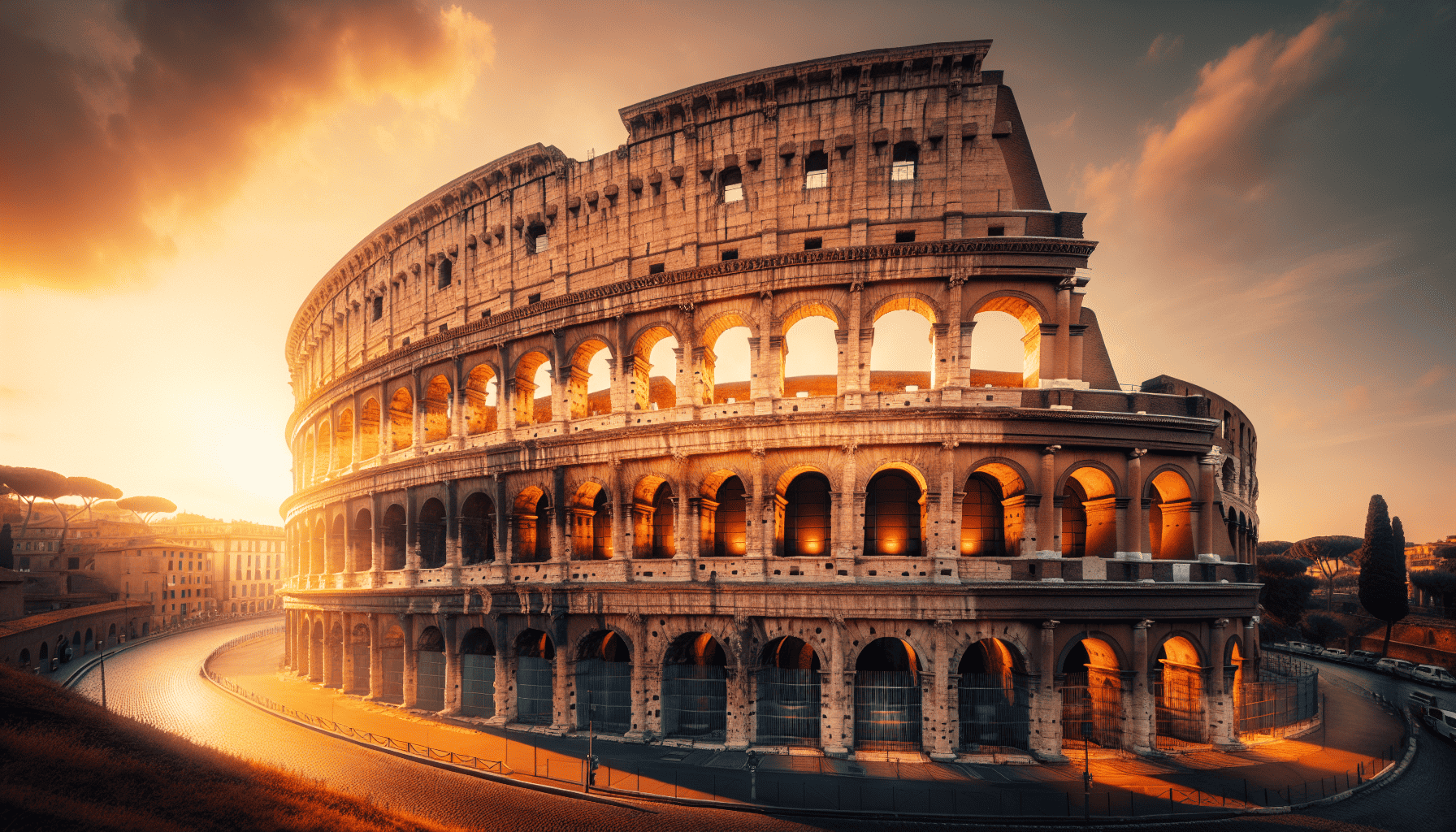The Colosseum stands as a magnificent testament to the ingenuity and ambition of ancient Rome. As one of the most recognized landmarks in the world, it is not merely an architectural marvel but also a symbol of the grandeur and complexity of Roman civilization. This monumental amphitheater continues to capture the imagination of millions, serving as a bridge between past and present, inviting us to delve into its history, architectural innovation, and cultural significance.
Constructed between AD 70 and 80 under the reign of the Flavian emperors, the Colosseum was the largest amphitheater of its time, capable of seating up to 80,000 spectators. Its elliptical structure, designed for hosting gladiatorial contests and public spectacles, reflects a sophisticated understanding of engineering and crowd management. Its ingenious system of vaults, arches, and staircases allowed for efficient movement of large crowds, minimizing congestion—a testament to the advanced urban planning of ancient Roman society.
At the heart of the Colosseum's architectural brilliance is its intricate network of vaulting systems and Corinthian, Doric, and Ionic columns. This structural sophistication, combined with a façade of travertine limestone, tuff, and brick-faced concrete, offered both strength and aesthetic appeal. The clever use of Roman concrete, a groundbreaking innovation at the time, enabled the construction of such an expansive structure, allowing the Colosseum to withstand the tests of time and seismic activity that have challenged it for nearly two millennia.
Beyond its architectural splendor, the Colosseum holds profound historical significance. It was a stage for gladiatorial combat, a popular form of entertainment in ancient Rome that encapsulated the societal values of bravery and strength. The arena also hosted various public spectacles, including animal hunts and dramatic re-enactments of naval battles, showcasing Roman power and wealth. These events served not only as entertainment but as a means to reinforce the social hierarchy and political power of Rome's elite.
Despite the spectacle and grandeur, the Colosseum also symbolizes the darker aspects of Roman society. The gladiatorial games were brutal and often fatal, highlighting the value placed on life and death as forms of entertainment and control. Additionally, the workforce that constructed the Colosseum included many slaves, reflecting the vast disparities and ethical complexities of the Roman Empire.
Today, the Colosseum is a UNESCO World Heritage site, drawing tourists from around the globe who seek to witness this iconic ancient monument. It stands not only as a relic of the past but as a canvas for modern interpretations of history and culture. Preservation efforts continue to confront the challenges posed by environmental pollution and the wear of time, striving to maintain the Colosseum's grandeur for future generations.
In exploring the Colosseum, one uncovers more than just an architectural achievement; one walks through the corridors of history where echoes of the past resonate in the stonework and shadows. It tells the story of a civilization that mastered the art of construction and spectacle, and through its ruins, we are reminded of the timeless human endeavor to create, entertain, and endure.
